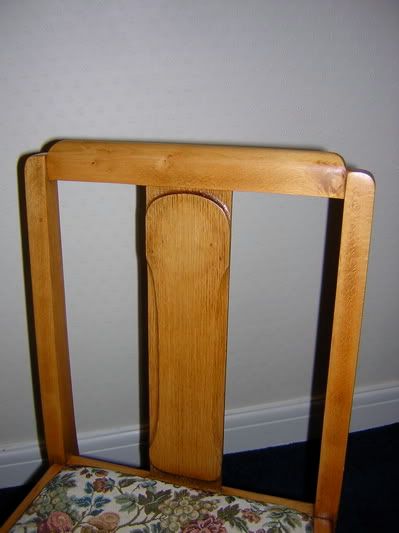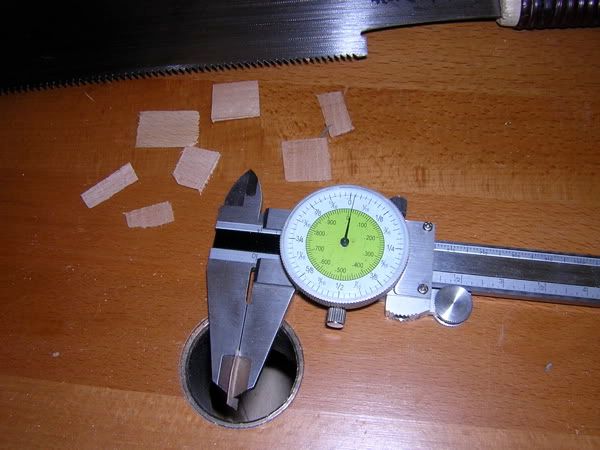dedee
Established Member
I'd like some advice on the best way to repair this chair. This is not antique but until yesterday was perfectly serviceable. The wood I believe is beech and on the left side has been repaired before. The white areas are flash reflections from the glue.
The tenons on the rail are undamaged.

On this left side there is a split that starts at the apex of the previous repair and continues down the side about 1/2"

Although not visible there is also a similar split on the other side

I have all the two small pieces that broke away.
After a good clean up will a white pva or a polyurethane glue be strong enough to hold it all together?
I was wondering whether the addition of a dowel peg might strengthen the M&T. The tenons are about 5/8ths" long.
I am right in thinking that the back panel should be left unglued?
Andy
The tenons on the rail are undamaged.

On this left side there is a split that starts at the apex of the previous repair and continues down the side about 1/2"

Although not visible there is also a similar split on the other side

I have all the two small pieces that broke away.
After a good clean up will a white pva or a polyurethane glue be strong enough to hold it all together?
I was wondering whether the addition of a dowel peg might strengthen the M&T. The tenons are about 5/8ths" long.
I am right in thinking that the back panel should be left unglued?
Andy







